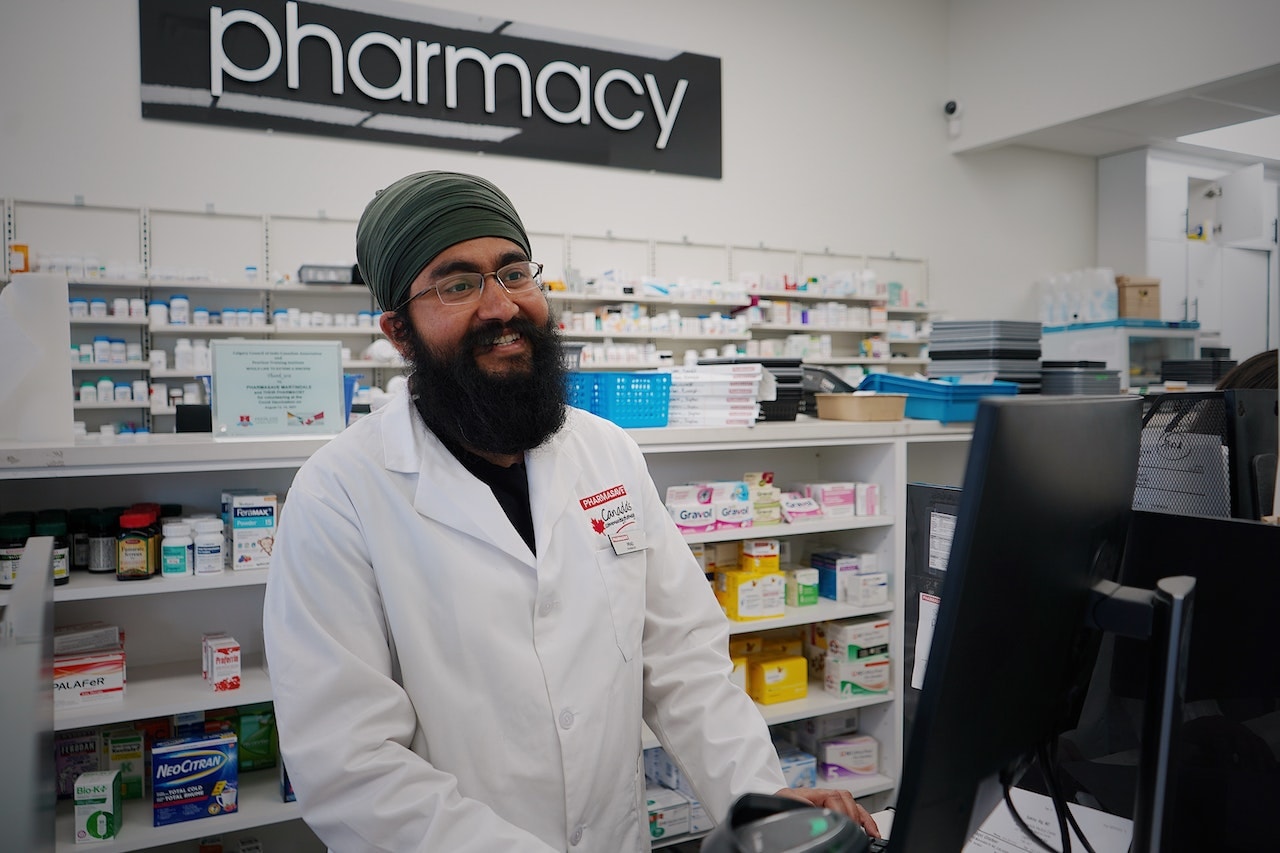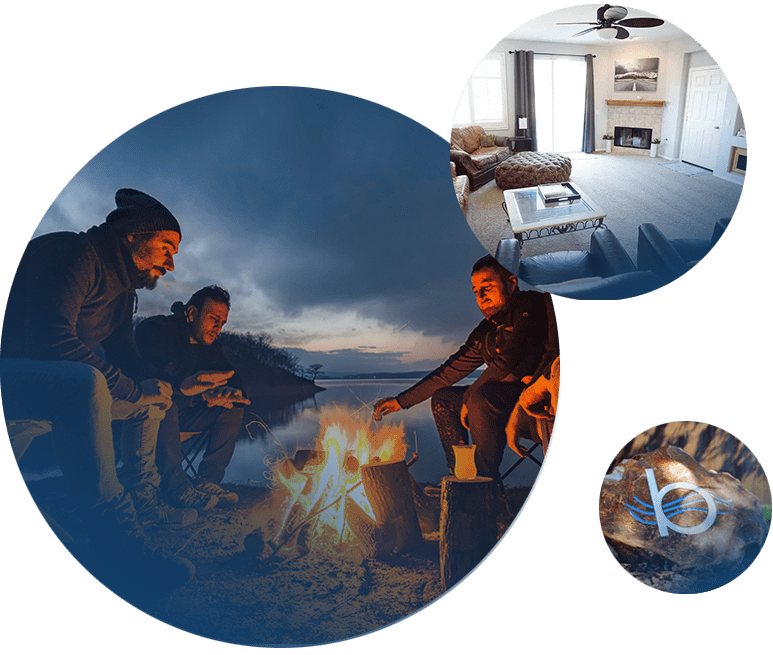


The FDA recently approved a new OTC form of naloxone nasal spray, meant to be available for people to purchase via dispensers and other less conspicuous places without the input of medical professionals. Naloxone is an opioid overdose reversal drug available by prescription and over the counter in certain states. In most localities, a user must take a training class to administer the lifesaving drug. Much debate surrounded removing the training requirements. For the FDA, the discussion centered not on using naloxone but on the importance of fine-tuning its instructions.
At a meeting involving the Nonprescription Drug Advisory Committee and Anesthetic and Analgesic Drug Products Advisory Committee, pharmaceutical giant Emergent BioSolutions presented data and newly developed labeling for an OTC form of its nasal naloxone spray. (Typically, people who are prescribed naloxone have to take a short training class or meet other requirements.)
New instructions were written to help people without healthcare training in emergency treatment. Still, FDA reviewers cited various issues, ranging from user errors like dialing 911 first (rather than administering a dose) to the possibility that each blister packaging may need to contain instructions should users discard the box.
The FDA will work closely with manufacturers to ensure the design is simple and effective for people who have never used it before. "The design of the entire user interface plays an important role in how effective the product is at reversing opioid-induced respiratory depression and preventing death and other serious outcomes," they wrote briefly before the meeting.
The FDA Committees issue opinions to the FDA, which are usually respected in final decisions. While OTC Naloxone is likely soon to be approved, there will still be barriers to access, such as cost and locality.
Naloxone (brand name Narcan) is a medication used to reverse opioid overdose rapidly. It works by blocking the effects of opioids in the brain and can quickly restore normal breathing in someone who overdosed on opioids. Narcan is typically administered by emergency medical personnel, but in recent years, some jurisdictions have made it available over the counter, meaning that anyone can purchase it without a prescription.
The benefits of Narcan being available over the counter include:
While Narcan can be a lifesaving medication, it is not a substitute for long-term treatment and support for opioid addiction. Most people need additional medical help after an overdose.
If you or someone you know is struggling with opioid addiction, seeking professional help and support is important.
If you or a loved one is looking for safe, stable housing as you continue your recovery, sober housing may be your best next step. Learn more about what we can offer by giving us a call.
Many people struggle with withdrawal symptoms even after their initial 90 days, which is the typical period of time to expect withdrawal symptoms. As a person's substance use moves further into the past, they may not initially notice that they still have some issues. However, many people struggle with PAWS in their first few years of recovery, especially if their drug of choice is an opioid. Without understanding the cause of their symptoms, it can be very frustrating and even detrimental.
Post-acute withdrawal syndrome (PAWS) is a term used to describe persistent withdrawal symptoms that occur after the acute withdrawal period has ended. While people who use any substance may struggle with PAWS, it's commonly associated with opioid use. It can last for months or even years after an individual has stopped using opioids. PAWS can significantly hinder recovery and long-term sobriety without education and treatment. It can be incredibly frustrating for a newcomer to recovery to cope with PAWs for months or even years into sobriety.
Opioids are highly addictive substances that can cause physical dependence. People who use opioids regularly have a body that has adapted to the presence of the drug. When they don't have it regularly, they can experience intense withdrawal symptoms. The acute withdrawal period typically begins within a few hours of the last dose. It can last for several days to a week. Symptoms of opioid withdrawal can include muscle aches, agitation, anxiety, insomnia, and abdominal cramps.
PAWS occurs after the acute withdrawal period. It is diagnosed by persistent symptoms such as fatigue, irritability, anxiety, depression, and sleep disturbances. These symptoms can persist for weeks, months, or even years and can be challenging to manage. Additionally, PAWS can increase the risk of relapse, as some individuals may turn back to using opioids to relieve their symptoms.
Effective management of PAWS is crucial for long-term recovery from opioid addiction. Treatment options for PAWS may include medication-assisted treatment (MAT), behavioral therapies, and holistic approaches such as nutrition and exercise. Individuals in recovery need a healthcare professional or addiction specialist to help develop a personalized treatment plan that addresses their specific needs and helps to support their journey to long-term sobriety.
Many treatment centers provide a holistic approach to treatment and recovery. However, nutrition can be essential in post-acute withdrawal syndrome (PAWS) and recovery from substance abuse. Here are some ways that nutrition can help:
1. Replenishing nutrients: Substance abuse can deplete the body of essential nutrients, and a healthy diet can help to replenish these stores.
2. Stabilizing blood sugar: Substance abuse can cause fluctuations in blood sugar levels, contributing to cravings and mood swings. A balanced diet that includes complex carbohydrates, healthy fats, and lean proteins can help to regulate blood sugar and improve mood stability.
3. Supporting the brain and nervous system: The brain and nervous system are particularly vulnerable during recovery, and adequate nutrition is necessary for their proper function. Consuming foods rich in vitamins and minerals such as B vitamins, omega-3 fatty acids, and magnesium can help to support the brain and nervous system during recovery.
4. Boosting energy: PAWS can cause fatigue and lack of energy. Proper nutrition can help increase energy levels and support overall physical health.
It is important to note that everyone's nutritional needs are different. Therefore, consult a healthcare professional or registered dietitian for personalized recommendations if you suffer from any health condition.
A healthy lifestyle is essential for sobriety. Living with PAWS means taking care of yourself and learning to cope with life, even when you experience symptoms of it.
Many people experience PAWs and find relief with assistance. If you or somebody you love is experiencing longer-term anxiety, cravings, sleep issues, or other symptoms, it's essential to seek help. A medical professional can help rule out other disorders as well.
Many people in recovery also live with mental health disorders, which may have previously been masked due to substance use. Both of these disorders can cause challenges for people in recovery. You deserve to be treated for all your illnesses and live your best life.
Therapy and treatment groups can also help you work through the challenges of PAWS in daily life.
If you're looking for a sober housing situation that offers support, structure and community, our houses may be for you! We offer a safe environment in a vibrant, thriving recovery community. Call us to learn more about your options.
Many people who get sober rely on Medication-Assisted Treatment as a tool to stay sober long-term. The FDA says that MAT is a “gold standard treatment” that can help people sustain their sobriety and get treatment. Yet there are still some people who view MAT with disdain or suspicion. Some of this is because they’re unfamiliar with it, and some come from beliefs that don’t mesh with the science, such as the idea that MAT is simply “trading one drug for another.”
What myths have you heard about addiction and MAT? Unfortunately, there is a lot of confusing information out there. Here are some of the essential facts to know.
Opioid use disorder is one of the leading causes of death in the United States. These deaths are tragic and preventable. MAT is an essential tool that can stop people from relapsing and exposing themselves to street drugs laced with fentanyl, the top cause of drug overdose deaths.
MAT can help people stay sober from opioids for years. It can remove the intense cravings that the brain generates when deprived of opioids. Because of this, people can focus on repairing and healing their lives from the havoc caused by addiction. They learn new coping skills and start to live life on its terms.
If you or somebody you love is looking for a living situation after getting sober, we can help! Our sober homes offer structure as well as independence, with a focus on recovery. Our homes provide community, recovery activities, and safety for newly sober people. Learn more about how we can help! Give us a call at 760-216-2077.
Many people can stay sober in recovery with the help of a treatment program and support system. Opioid use disorder (OUD) is a particularly insidious disorder. People who need help with OUD usually benefit from detox, treatment, and sometimes Medication-Assisted Treatment. Relapse among opioid users is common, sadly. But relapse can also be part of a success story, too. Getting back up and staying in recovery is an option.
People with OUD get sober and start their recovery journey every day. For those new to recovery, relapse can still be an issue. Fentanyl poses serious challenges for people who may relapse.
Opioid use disorder is a disorder of the brain. When the brain is deprived of opioids, a person who uses them will experience cravings and withdrawal symptoms. People with access to Medication-Assisted Treatment typically experience minimal symptoms, making their sobriety success rates higher.
People with opioid use disorder often use different opioids, ranging from heroin to morphine. Fentanyl, however, is a drug that is more dangerous than morphine. It can be 50 to 100 times stronger than morphine and has a high overdose fatality rate.
Opioids are dangerous enough because they are so addictive. When people use one dosage for a period, they grow tolerance and need more drugs to get the same effects. With fentanyl, this can mean certain death. Fentanyl is responsible for up to 80% of opioid overdose deaths. Much of it is made by drug dealers in a garage or lab, and there are no quality or safety checks.
People who use other drugs may still end up using fentanyl. The DEA has said that 26% of trafficked pills, often purported to be something else, contain a deadly amount of fentanyl.
Fentanyl is a dangerous narcotic, and an opioid-naïve user can accidentally overdose when digesting even a tiny amount.
Many people with opioid use disorder start taking drugs like Oxycontin and later take morphine or heroin as their supply dwindles. The pandemic also caused supply chain issues for the world of illegal narcotics. Because of this, people who were addicted to one type of opioid sometimes had to settle for another drug that they may not have been familiar with.
For many people who are addicted to opioids, it’s challenging to quit. If a person who uses Percocet or another less potent opioid switches to fentanyl suddenly, their body may not be able to handle it. Fentanyl, when mixed with other drugs, can also have an exaggerated effect. In both cases, a person’s breathing and pulse may slow. If they stop breathing, they will die.
Narcan, an opioid-overdose reversal drug, is an essential tool that can save lives. People who have ingested deadly amounts of fentanyl often need multiple canisters of the drug to help reverse an overdose. They also need to be monitored in the hospital.
Relapse is often a part of a person’s recovery journey. That’s only true, however, if the addicted person is lucky enough to make it back to recovery. People who relapse on drugs have higher overdose death rates. It’s not always an easy journey back to sobriety for some people.
People who overdose on drugs often try to go back to the amount of drugs they were doing when they got sober. However, when the drug a person is using is an opioid, this can be a deadly lapse in judgment. This is true for people who use other drugs, such as cocaine, that can also be spiked with deadly fentanyl.
Many people in the US who use drugs remain unaware of the dangers of fentanyl-tainted drugs. As a result, it’s becoming a danger to anyone who uses drugs recreationally or buys them from illicit sources. More education and prevention efforts are needed from a public health perspective.
Relapse doesn’t have to be a part of anyone’s recovery journey. Building a solid support network and learning the foundations of the 12-step program can help you stay sober, a day at a time. Sober living homes help add structure and give independence in early recovery. Learn more about our sober living programs by calling 760-216-2077.
